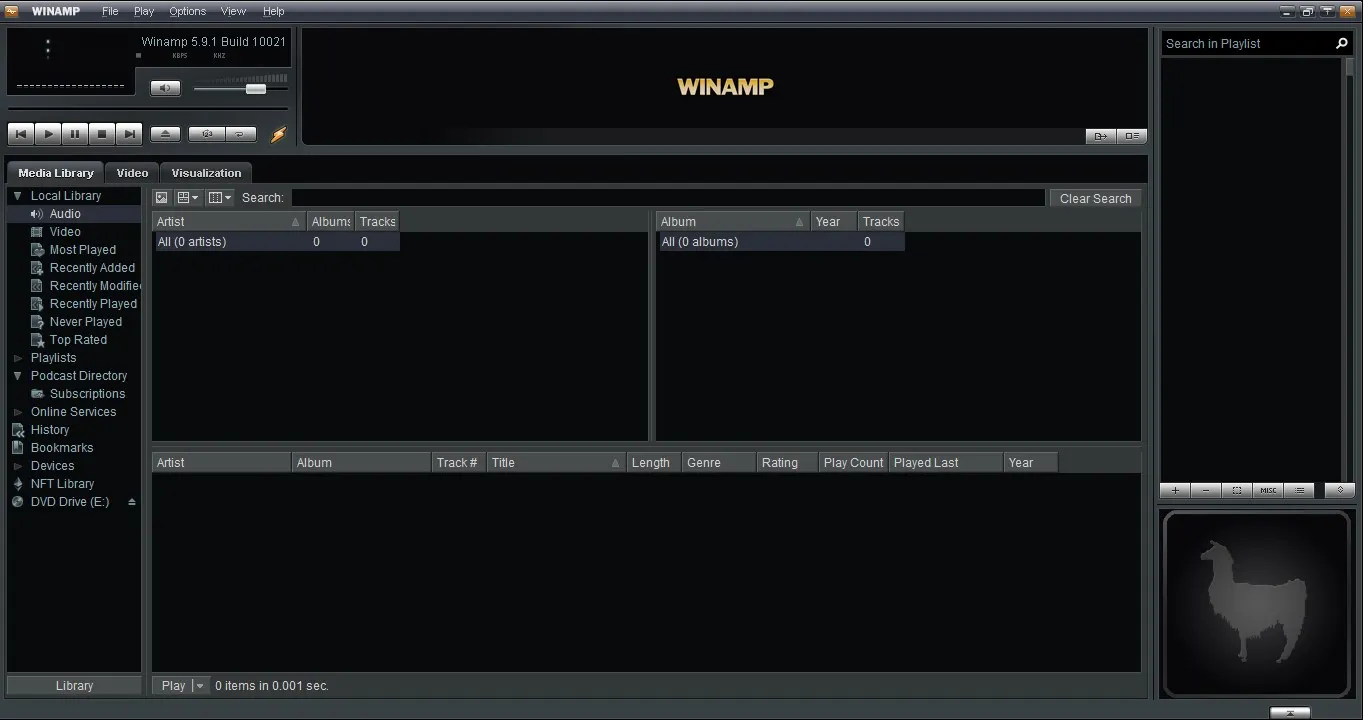As per a developer meet on April 20, 2018, the much awaited consensus code for Ethereum is ready to be reviewed.
Greener Pastures
First mentioned in the Ethereum improvement proposal (EIP) 1011, the code marks a step away from energy-intensive mining operations for the ethereum network. The process, called “minting” instead of the energy-soaking crypto mining, is considered a ‘greener’ method and thus to be environmentally friendly.
Danny Ryan, an EIP 1011 developer, announced that the code is “ready for reviews and community discussions, etc.” during a developer’s meet. He said that he was speaking with verification engineers, and would soon begin testing for clients using the ethereum blockchain.
“As these pieces of the puzzle are getting closer to being completed, I’ll signal that it’s time to start talking about fork block numbers.”
Ethereum’s PoS Shift
In Ethereum’s current protocol, the network relies on a pool of developers to use their resources such as computers, processors, and electricity as ‘proof-of-work’ (PoW) to record transactions and create new blocks.
However, the PoW protocol uses up a lot of energy, of which is also poised to increase over time, causing governments and developers to raise concerns over the method’s economic sustainability and high carbon footprints.
In the “minting” update, termed Hybrid Casper FFG (Friendly Finality Gadget), ethereum developers have chosen a proof-of-stake (PoS) model, which makes use of special ETH wallets that remain locked up as “stakes.”
As per consensus rules, users who do not follow the protocol guidelines risk the permanent loss of their stake.
However, it is to be noted that the protocol is a hybrid system, utilizing both PoW and PoS methods. This combination is attributed to the difficulty in making a complete protocol transition in one go. Due to this contention, it is entirely possible to see a hard fork in the coming months.
Here’s How The Casper Works
According to EIP 1011:
- A portion of ETH is locked in special wallets by Validators.
- The developers validate every block. This means, upon discovering a block which is suitable for the chain’s continuity, a ‘bet’ is placed on that block using the locked-up ETH stake.
- On successful addition of the block to the chain, validators receive a reward in proportion to their placed bets.
- To protect against fallacies, malicious validators are tracked and immediately reprimanded if they place a “nothing at stake” bet. Thus, the system eliminates any unfair practices.
To further prevent any mishaps, Casper punishes fraudulent validators in a number of ways. According to Joris Bontje, an ethereum developer on StackExchange :
“Casper designs harsher incentives to guarantee network security, including punishing miners who go offline, unintentionally or not.”
Not All Devs Impressed by Casper
As with all technological advancements, not all developers and engineers are necessarily impressed. Speaking at Financial Cryptography 2018 in Curacao was Dahlia Malkhi, a distributed systems expert, who considers the PoW system as fundamentally vulnerable.
According to Malkhi “proof-of-stake is fundamentally vulnerable. You’re giving authority to a group to call the shots. In my opinion, it’s giving power to people who have lots of money.”
Sourced from crypto.news.
Written by contributor on 2018-04-23 16:00:22.










